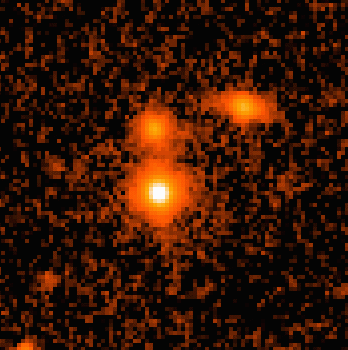
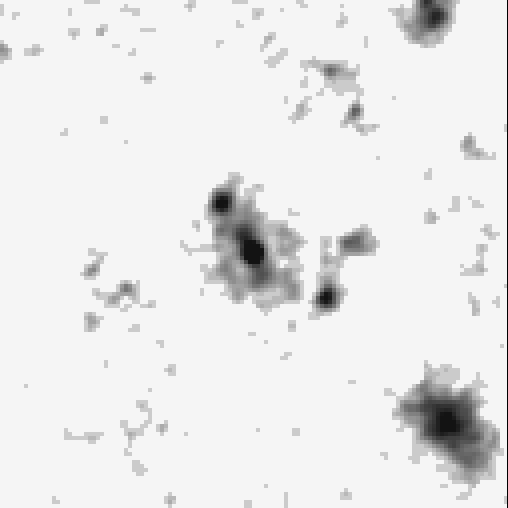
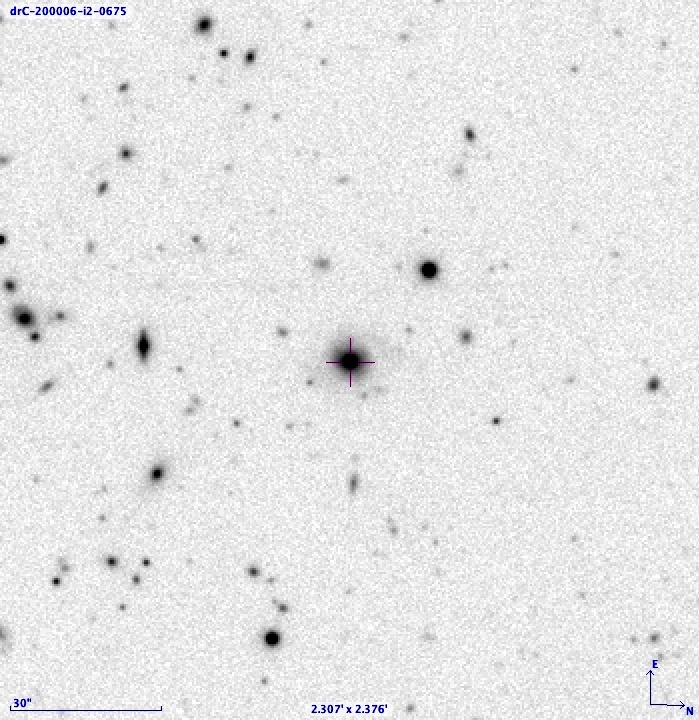
From detailed observations of the nuclei of nearby galaxies it has become clear that super massive black holes are ubiquitous in nearby galaxies. The black hole mass appeasr correlated with the properties of the surrounding galaxy bulge, namely its luminosity and/or mass (via velocity dispersion). The cosmic history of the black hole growth also appears to trace the cosmic star- formation rate, at least from redshift about 1-2 until present epoch, establishing another connection between black hole and galaxy properties. These discoveries have changed our view of active galactic nuclei (AGN).
Accretion onto a central black hole seems to be a common phase in the evolution of likely all massive galaxies. Furthermore, super massive black holes (SMBH) may well have a period of maximum growth ( maximum nuclear luminosity) contemporaneous with the bulk of the initial star formation in the bulge. This has led to a renewed interest in AGN properties, especially regarding the host galaxies. Studies of the co-evolution of SMBH and their host spheroids are obviously critical to understanding how and when galaxies in the local Universe formed and evolved. The last ten years have yielded considerable progress in characterizing AGN host galaxies.
To study QSO host high resolution images are required in order to be able to disantangle the faint extended light of the host galaxy fron the halo of the bright nucleus. This can be achieved using large (8m class) telescopes under superb seeing conditions.
Results of these studies using VLT are reported below:
MNRAS 402 2453 (2010) The quasar MBH-Mhost relation through cosmic time - II.
ApJ 673 694 (2008) Near-Infrared Adaptive Optics Imaging of High-Redshift Quasars
ApJ 660 1039 (2007) The Nuclear to Host Galaxy Relation of High-Redshift Quasars
A&A 434, 469 (2005) VLT adaptive optics imaging of QSO host galaxies and their close environment at z ∼ 2.5
Some images of QSO and their host galaxies.



Imaging studies of AGN can benefit from improved spatial resolution achieved by Adaptive Optics (see examples : (PDF) A&A 528 34
AJ, 145,73 ; A&A 2009A&A...501..907F )
See also other pages at OAPD on Quasar hosts.
The low z quasar hosts (A study of the properties of low redshift QSO host galaxies based on SDSS images )
The environment of low z quasars ( A study of the galaxy environments of QSO at z < 0.5 )
Low redshift quasars in the Stripe82: Associated companion galaxies and signature of star formation.
QSO hosts (Powerful nuclear activity is hosted in massive and luminous galaxies. Here their properties and evolution with cosmic time is reported)
QSO gas halo (The Kpc scale gaseous content around quasars is investigated by intervening absorptions)
Overdensity of galaxies in the environment of quasar pairs.
Sandrinelli, A., Falomo, R., Treves, A.,Scarpa, R.,Uslenghi, M. 2018 , MNRAS , 474, 4925
The Quasar pair environment at z ~ 0.5. 2016 (SLIDES)
Sandrinelli, A., Falomo, R., Treves, A.,Scarpa, R.,Uslenghi, M. workshop AGN12 (PDF)
The environment of low redshift quasar pairs.
Sandrinelli, A. Falomo, R., Treves, A. ,Farina, E, and Uslenghi, M. 2014 , MNRAS 444 1835 (PDF)
A study of six low redshift QSO pairs. (PDF)
Farina, E.P., Falomo, R., Treves, A., 2011 MNRAS 415 3163 (PDF)
The circum-galactic medium of quasars: CIV absorption systems.
Landoni, M. Falomo, R., Treves, A.Scarpa, R., Farina. E.P. 2015, MNRAS 457 267 (PDF)
BL Lac objects are a class of low--power active galactic nuclei (AGN) characterized by a lack or extreme weakness of emission lines observed in all other types of AGN. They
also exhibit strong and rapid flux variability and significant polarization. The emission is dominated by a non--thermal component extending from radio to very high energies. These active nuclei are hosted by massive elliptical galaxies that appear in most cases unperturbed and located in moderately rich environments. A widely accepted model that explains these properties is based on the idea that these nuclei emit a relativistic jet oriented close to the line of sight of the observer. A direct consequence of this interpretation is that there are several other objects intrinsically identical to BL Lacs but with a misaligned jet that thus
exhibits different nuclear properties. This parent population has been identified with low--power radio galaxies. According to the current paradigm, radio-loud AGNs all have relativistically outÑowing jets, and depending on the orientation of the jet, they present markedly dierent appearances to the observer.
Detailed imaging studies are of importance to address fundamental issues on the properties of this class of low power AGN and to probe the basic (jet) model. Moreover the properties of their host and immediate environments allow one to investigate on the mechanisms of fueling and triggering of the nuclear activity and to estimate the mass of the central black hole (see some results here)
Various imaging studies were carried out between 1993 using ground based facilities either in the optical or at near-IR. All these observations agreed on
the statements that BL Lac objects are the active nuclei of giant/massive elliptical galaxies with
average luminosity in the R band
M = -- 23.
The most relevant high resolution systematic imaging study was performed by the HST through a snapshot survey of more that 100 objects using WFPC2. (see detailed results here )
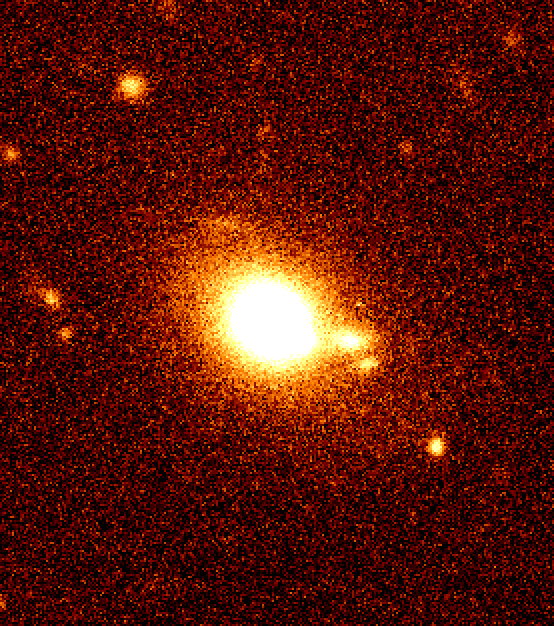
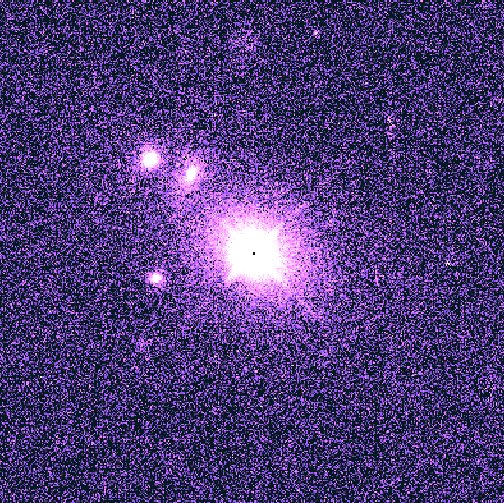
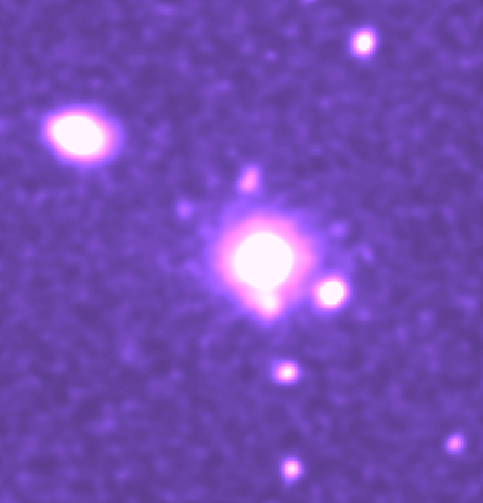
External pages at OAPD on BL Lacs
The redshit of BL Lacertae objects
ZBLLAC - A spectroscopic library of BL Lac objects
One of the key avantages of taking images with extremely large aperture telescopes is the extremely good image quality when the telescope can work close to its diffraction limit. This significant improvement in image quality has two fundamental effects : 1 – produces a dramatic reduction of the background over PSF area considered for photometry ; 2- allows a significant improvement in the spatial resolution (proportional to the telescope aperture). These advantages offer the unique opportunity to carry out observations of very faint targets in crowded and/or structured objects (galaxies) at high redshift that cannot be exploited by any other telescope of smaller aperture.
In order to properly understand the effective capabilities detailed simulations of the images obtained with this kind of future facilities are performed to study specific science cases.
Example of simulated E-ELT images (Left : Globular Cluster . Right : Spiral galaxy at z = 1 )
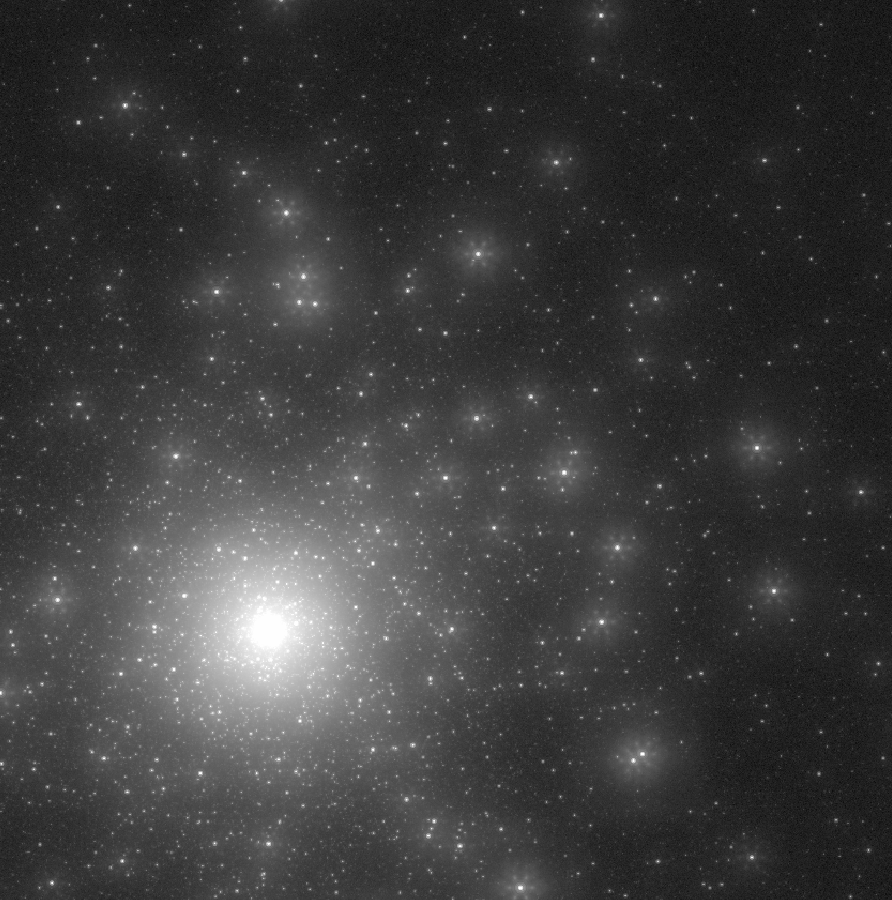
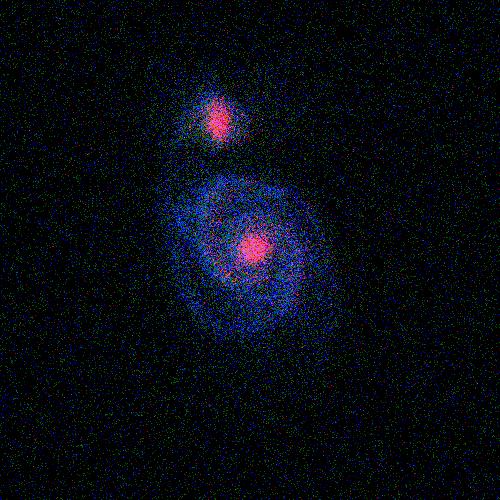
A list of studied cases using the baseline of E-ELT and MICADO is given here.
A general tool for performing the simulation of the images is : Advanced Exposure Time Calculator 